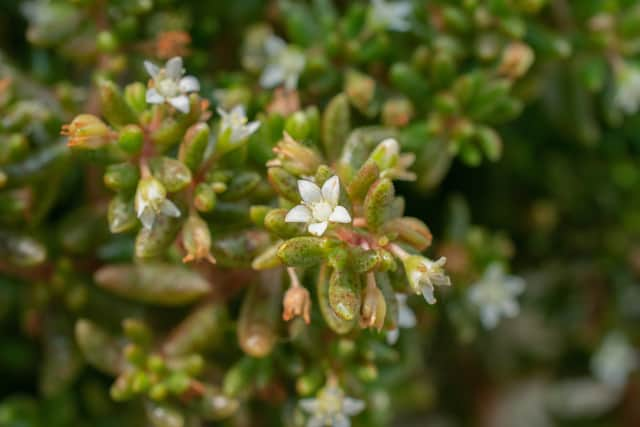New Zealand pygmyweed: what is the invasive plant species, how to spot it - where is it found in the UK?
and live on Freeview channel 276
An invasive aquatic plant that “depletes oxygen in the water” is posing a serious threat to lakes and rivers in the UK, the Royal Horticultural Society has warned.
The plant was brought to the UK to decorate fish tanks and can be found growing in ponds, lakes, reservoirs, canals and ditches as well as on damp mud around ponds and reservoirs.
Advertisement
Hide AdAdvertisement
Hide AdThe invasive aquatic plant is called New Zealand pygmyweed and scientists say it has crowded out nine native species in Derwentwater in the Lake District and is threatening wildlife in the New Forest.
It can form a thick dense mat across a body of water, grows rapidly and can starve native species of oxygen and sunlight.
The Outdoor Swimming Society has urged wild swimmers to avoid transferring fragments of the plant from Derwentwater to other lakes as this is one of the causes of the plant spreading. Pieces that are just a few millimetres long can grow into large plants.


The Environment Agency includes the plant in its list of the most commonly found invasive non-native plants. The Agency states that if the public finds invasive non-native plants on their land they must stop them from spreading and failure to do so could lead to a possible prosecution for being responsible for any damage.
Advertisement
Hide AdAdvertisement
Hide AdNew Zealand pygmyweed was first brought to the UK from Tasmania in 1911 to be used as an “oxygenating plant” for ponds. It was first detected in the wild in 1956, and the sale of the plant was banned in 2014 with it also being illegal to grow.
It is now found in Belgium, Denmark, Germany, the Netherlands, Portugal, Spain and the Baikal region of Russia, and very widely dispersed in France, Portugal and Spain but it is not yet considered invasive in these countries.
Guy Barter, chief horticulturist for the Royal Horticultural Society, said: “It forms very dense mats for depths of up to three metres under water, shades out plants and depletes the oxygen in the water needed by fish and amphibians.”
How to spot New Zealand pygmyweed
New Zealand pygmyweed is a perennial with yellowish-green, succulent leaves and solitary white or pale pink flowers. It is abundant throughout most of England, particularly the south, as well as Cumbria and scattered localities in Wales, the Isle of Man, Scotland and eastern Ireland.
Advertisement
Hide AdAdvertisement
Hide AdIt can cover small ponds to a depth of 0.5m as well as cover the margins and bed of larger bodies of water over many square metres. The plant can also tolerate a range of pH, from acid to alkaline and even slightly salty water.
It flowers abundantly and it is likely that it moves to new areas through movement of vegetative fragments on boats, machinery used to manage water bodies and clothing.
Comment Guidelines
National World encourages reader discussion on our stories. User feedback, insights and back-and-forth exchanges add a rich layer of context to reporting. Please review our Community Guidelines before commenting.
